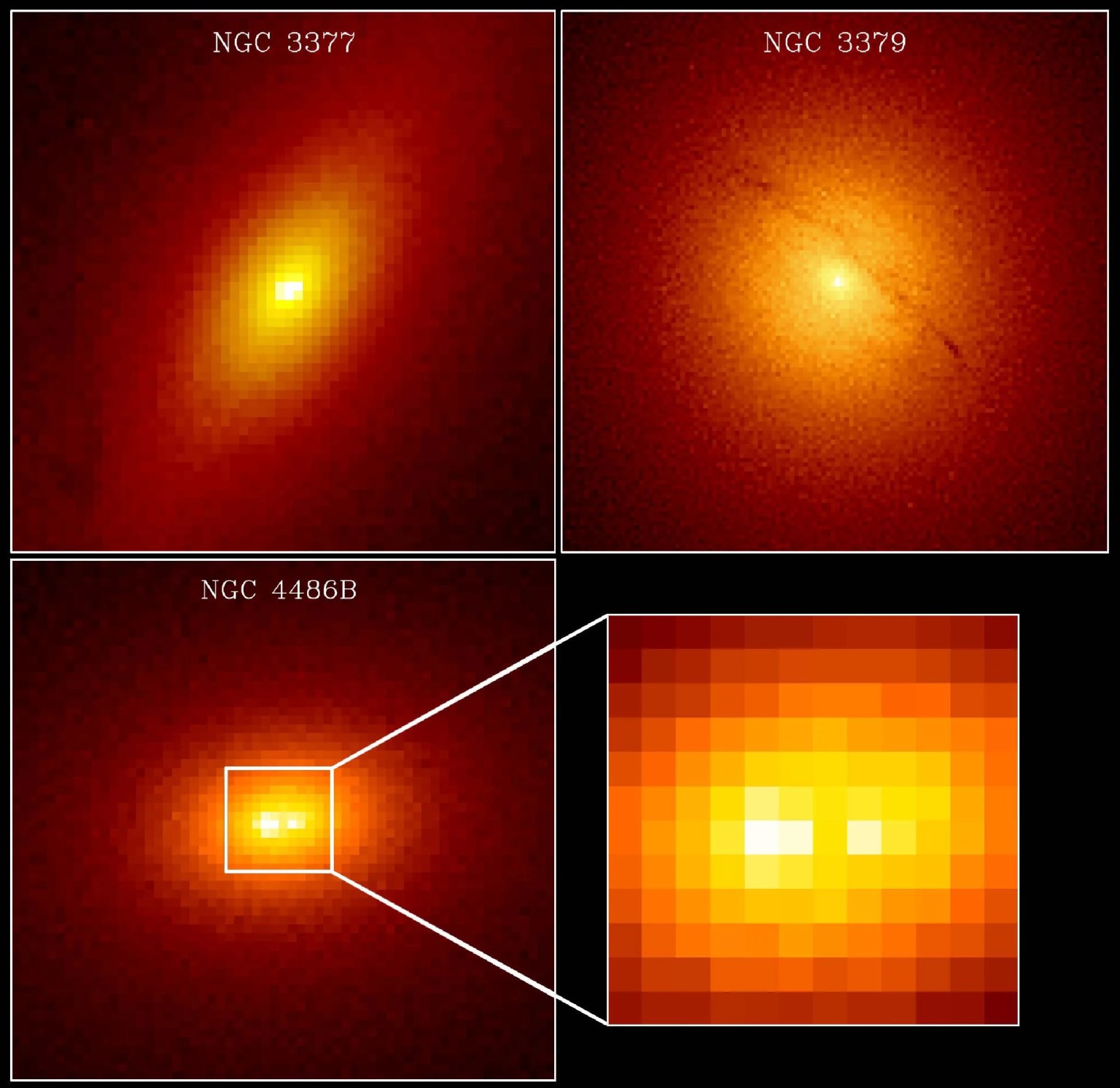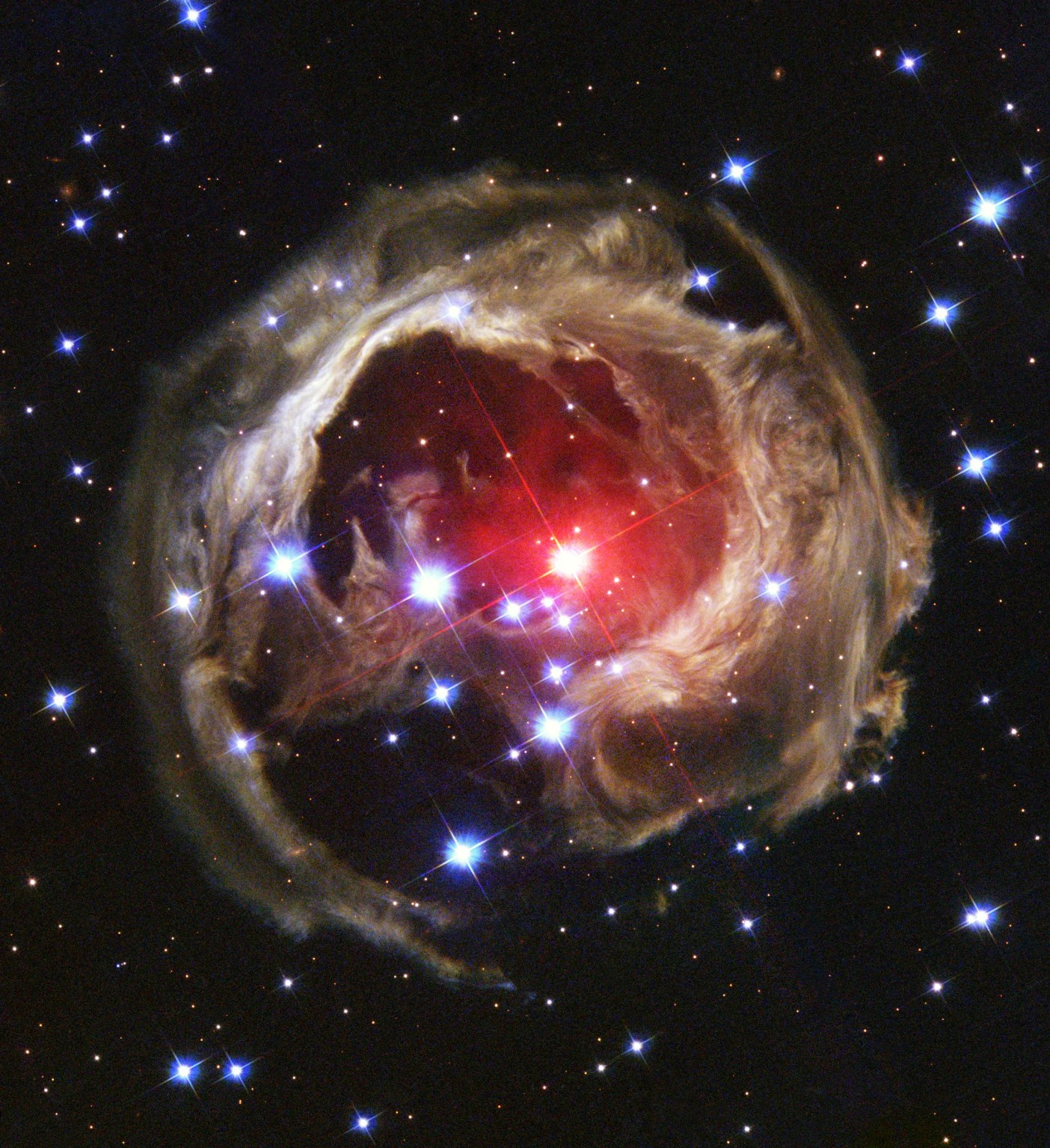This NASA/ESA Hubble Space Telescope image presents a visually striking collection of interstellar gas and dust. Named RCW 7, the nebula is located just over 5,300 light-years from Earth in the constellation Puppis.
Nebulae are areas rich in the raw material needed to form new stars. Under the influence of gravity, parts of these molecular clouds collapse until they coalesce into very young, developing stars, called protostars, which are still surrounded by spinning discs of leftover gas and dust. The protostars forming in RCW 7 are particularly massive, giving off strongly ionizing radiation and fierce stellar winds that transformed the nebula into a H II region.
H II regions are filled with hydrogen ions — H I refers to a normal hydrogen atom, while H II is hydrogen that lost its electron making it an ion. Ultraviolet radiation from the massive protostars excites the hydrogen in the nebula, causing it to emit light that gives this nebula its soft pinkish glow.
The Hubble data in this image came from the study of a particularly massive protostellar binary named IRAS 07299-1651, still in its glowing cocoon of gas in the curling clouds toward the top of the image. To expose this star and its siblings, astronomers used Hubble’s Wide Field Camera 3 in near-infrared light. The massive protostars in this image are brightest in ultraviolet light, but they emit plenty of infrared light too. Infrared light’s longer wavelength lets it pass through much of the gas and dust in the cloud allowing Hubble to capture it. Many of the larger-looking stars in this image are foreground stars that are not part of the nebula. Instead, they sit between the nebula and our solar system.
The creation of an H II region marks the beginning of the end for a molecular cloud like RCW 7. Within only a few million years, radiation and winds from the massive stars will gradually disperse the nebula’s gas — even more so as the most massive stars come to the end of their lives in supernova explosions. New stars in this nebula will incorporate only a fraction of the nebula’s gas, the rest will spread throughout the galaxy to eventually form new molecular clouds.
Explore More
Media Contact:
Claire Andreoli
NASA's Goddard Space Flight Center, Greenbelt, MD
claire.andreoli@nasa.gov
































